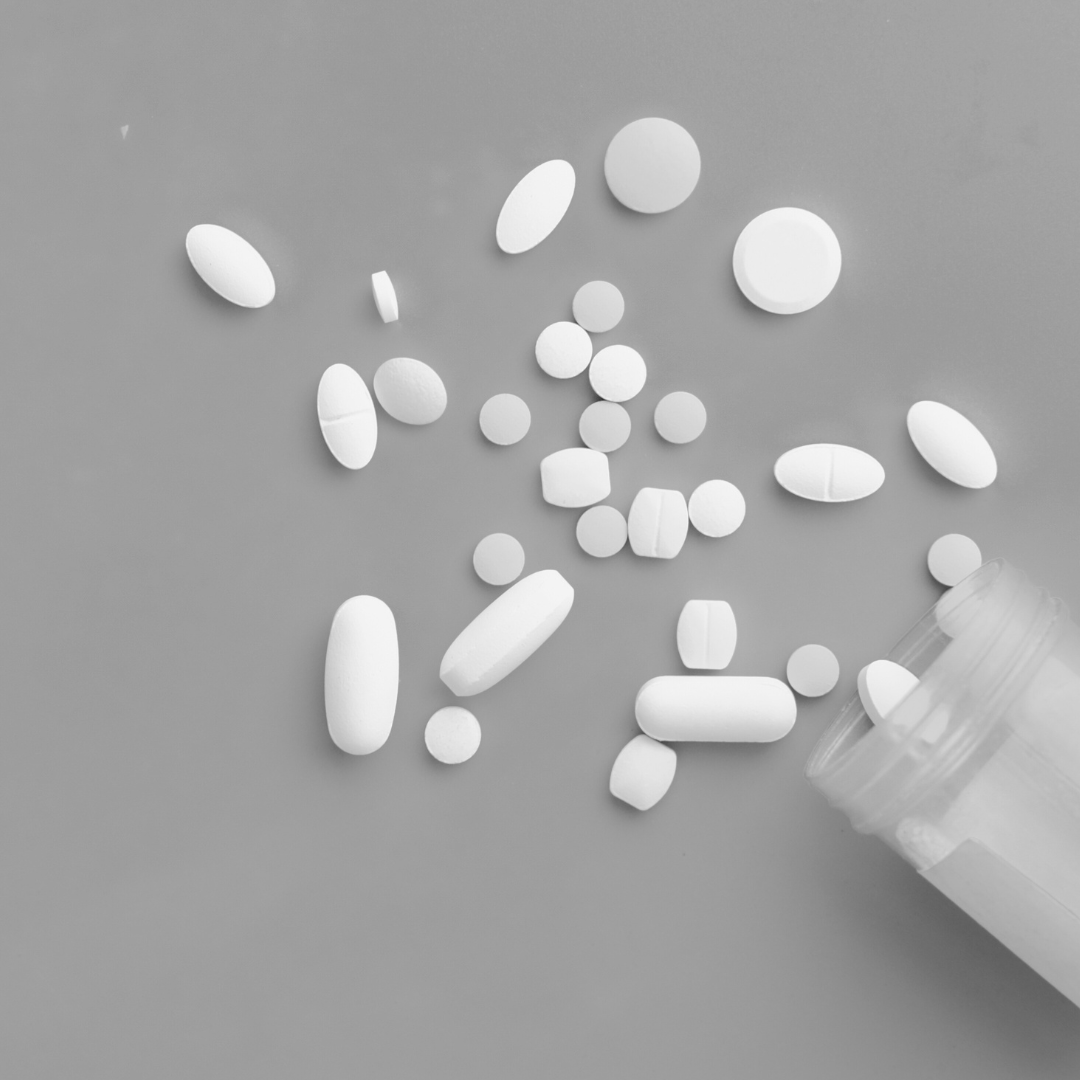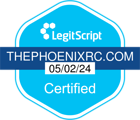What is Prescription Stimulants Addiction?
Prescription stimulant addictions develop when people misuse or abuse prescription stimulants. Misuse involves taking a prescription stimulant in an amount or method other than what was prescribed, taking someone else’s prescription stimulant, or using it only to achieve a desired effect such as to enhance focus or get high.
Many people believe prescription stimulants are safer than “street drugs” or that they are not in danger of becoming addicted because the stimulants are prescribed by doctors, but this is not the case. The stimulants effects can still be dangerous.
The number of people misusing prescription stimulants is sobering. According to the American Psychological Association, in 2015, an estimated 17.2 million Americans over the age of 12 took a prescription stimulant — and an estimated 5.3 million of Americans misused them.
What Causes Prescription Stimulant Addiction?
Apart from treating legitimate medical conditions, prescription stimulants give people who take or abuse them a sense of euphoria or a “rush,” according to the National Institute on Drug Abuse (NIH).
Even when a prescription stimulant has been prescribed by a doctor and is taken as directed to help with a condition, a person can develop a tolerance to it over time and need more frequent or higher doses to achieve the same effect they previously had. This can lead to the development of a substance use disorder (SUD), where using the drug begins to take a negative toll on other areas of the person’s life, such as work, school, and home life. Another symptom is that health problems can begin to develop. Over time and without help, an SUD can escalate to a full-on addiction.
What Are the Side Effects of Prescription Stimulant Addiction?
People who have an addiction to prescription stimulants can experience a symptom of withdrawal if they stop using the substance. Symptoms of stimulant withdrawal can include sleep problems, fatigue, depression, anxiety and irritability, thoughts of suicide, an inability to feel pleasure, and intense drug cravings.
An overdose of prescription stimulants can occur if a person takes so much that a life-threatening reaction occurs, the most common symptom of which is heart attack or seizure. Other side effects of stimulants that harm health can include restlessness, tremors, overactive reflexes, rapid breathing, confusion, aggression, hallucinations, panic stats, abnormally increased fever, muscle pains, weakness, heart attack, seizures, vomiting, diarrhea, convulsions and coma — and the symptom list goes on, according to the National Institutes of Health.
In the event of an overdose, immediate medical attention is necessary for stimulant overdose treatment to help restore blood flow to the heart or stop the seizure, depending on the case.
How is Prescription Stimulant Addiction Treated?
Behavioral therapies such as cognitive-behavioral therapy and contingency management are considered by the National Institutes of Health to be effective forms of help and treatment for prescription stimulant addiction.
What Does Prescription Stimulant Addiction Treatment Look Like at PRC?
The Phoenix Recovery Center is dedicated to providing the care and treatment each individual needs to overcome a prescription stimulant drug addiction. Cognitive behavioral therapy (CBT), prescription medications, self-care, and outpatient programs can all play a role in treatment. Depending on an individual’s specific circumstances, he or she may be placed in one of these treatment programs: Inpatient Residential Program, Partial Hospitalization Program (PHP) Day Program, Intensive Outpatient Program (IOP), or General Outpatient Program (GOP).



